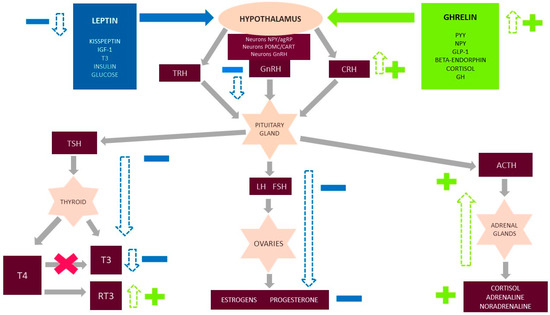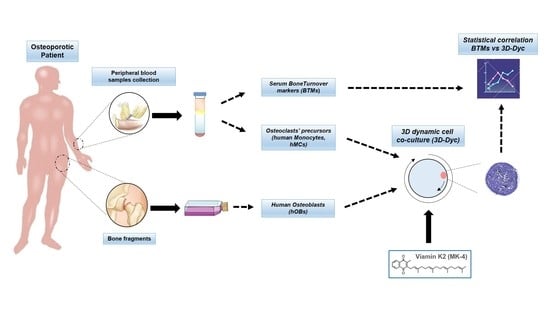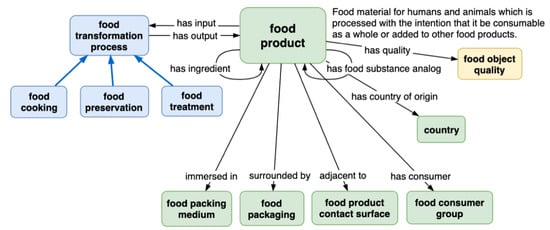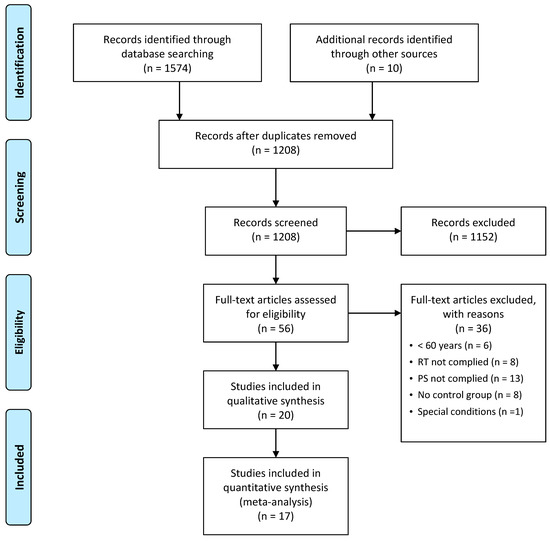Nutrients 2021, 13(8), 2827; https://doi.org/10.3390/nu13082827 - 17 Aug 2021
Cited by 25 | Viewed by 21067
Abstract
Functional hypothalamic amenorrhea (FHA) is a very common condition affecting women of procreative age. There are many reasons for this disorder, including a low availability of energy in the diet, low micro- and macronutrient intake, overly intensive physical activity, disturbed regeneration processes, sleep
[...] Read more.
Functional hypothalamic amenorrhea (FHA) is a very common condition affecting women of procreative age. There are many reasons for this disorder, including a low availability of energy in the diet, low micro- and macronutrient intake, overly intensive physical activity, disturbed regeneration processes, sleep disorders, stress, and psychological disorders. The main determinant is long-term stress and an inability to handle the effects of that stress. FHA is a very complex disorder and often goes undiagnosed. Moreover, therapeutic interventions do not address all the causes of the disorder, which could have implications for women’s health. As shown by scientific reports, this condition can be reversed by modifying its causes. This review of the literature aims to update the current knowledge of functional hypothalamic amenorrhea and underscores the complexity of the disorder, with particular emphasis on the nutritional aspects and potential interventions for restoring balance.
Full article
(This article belongs to the Special Issue Nutrition in Gynecologic Disease)
►
Show Figures











